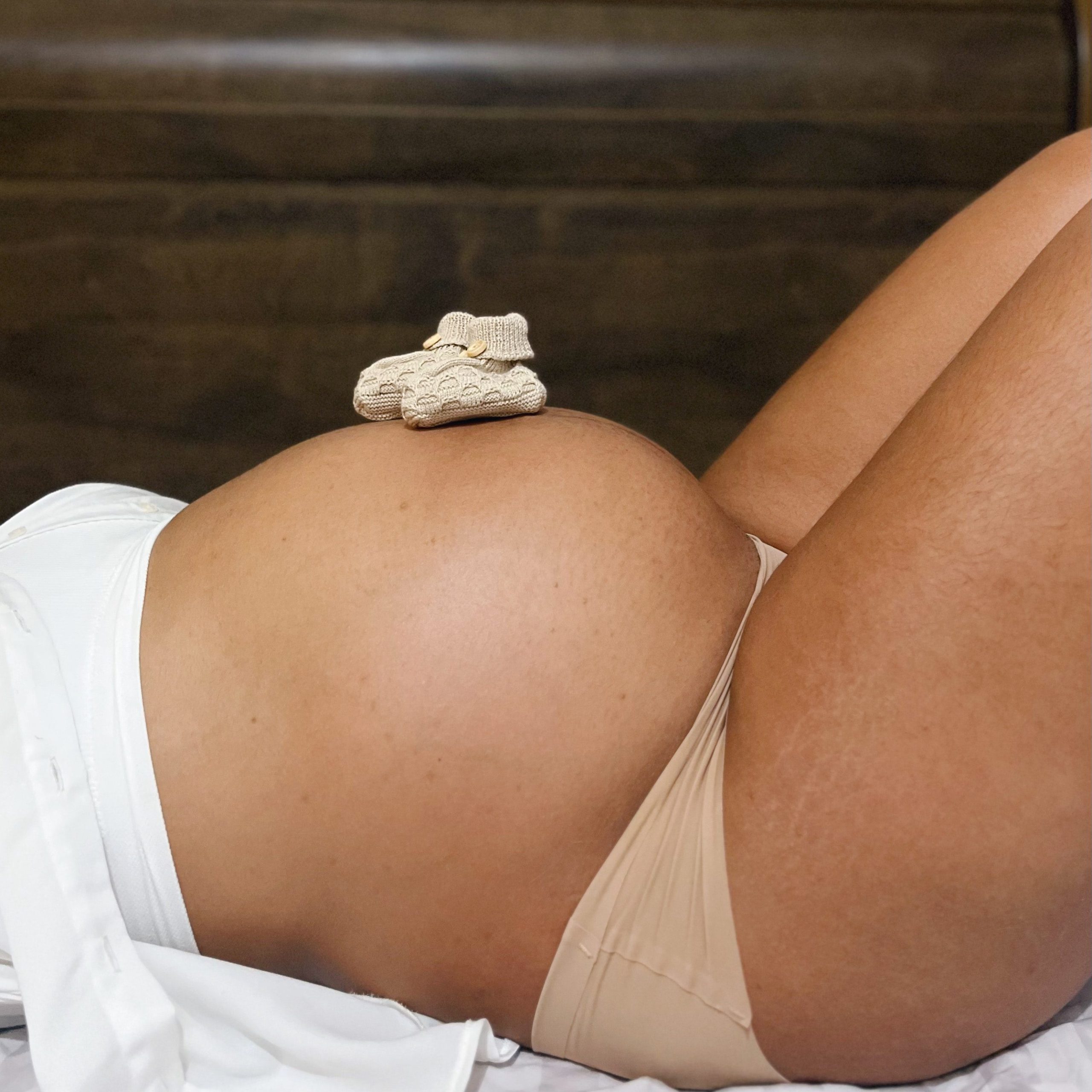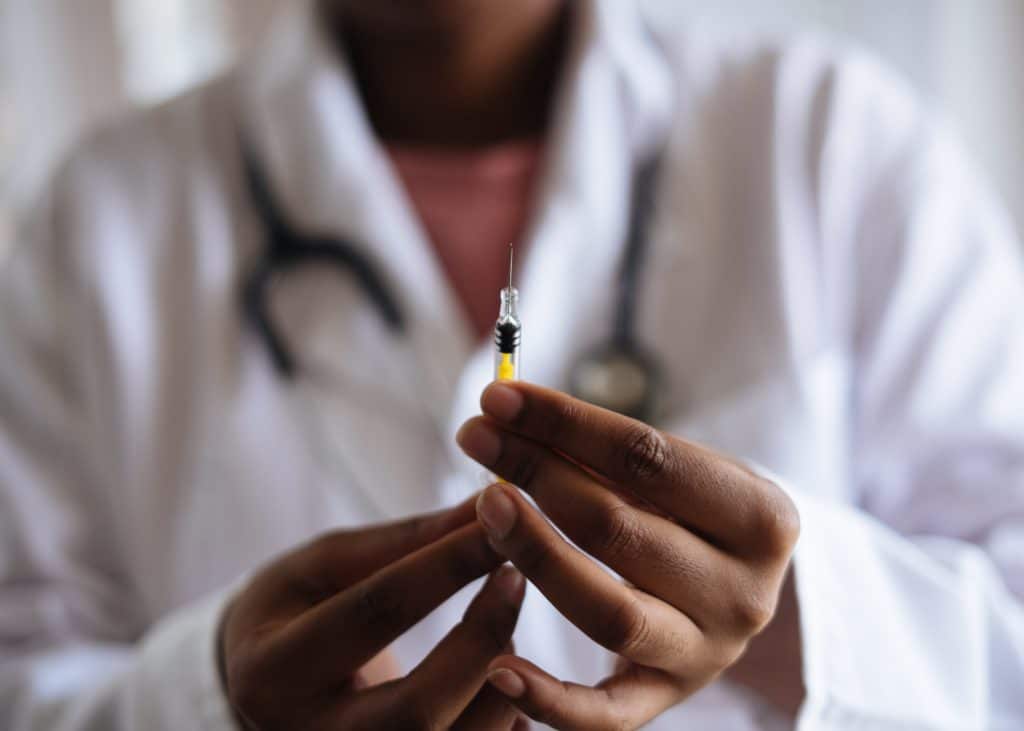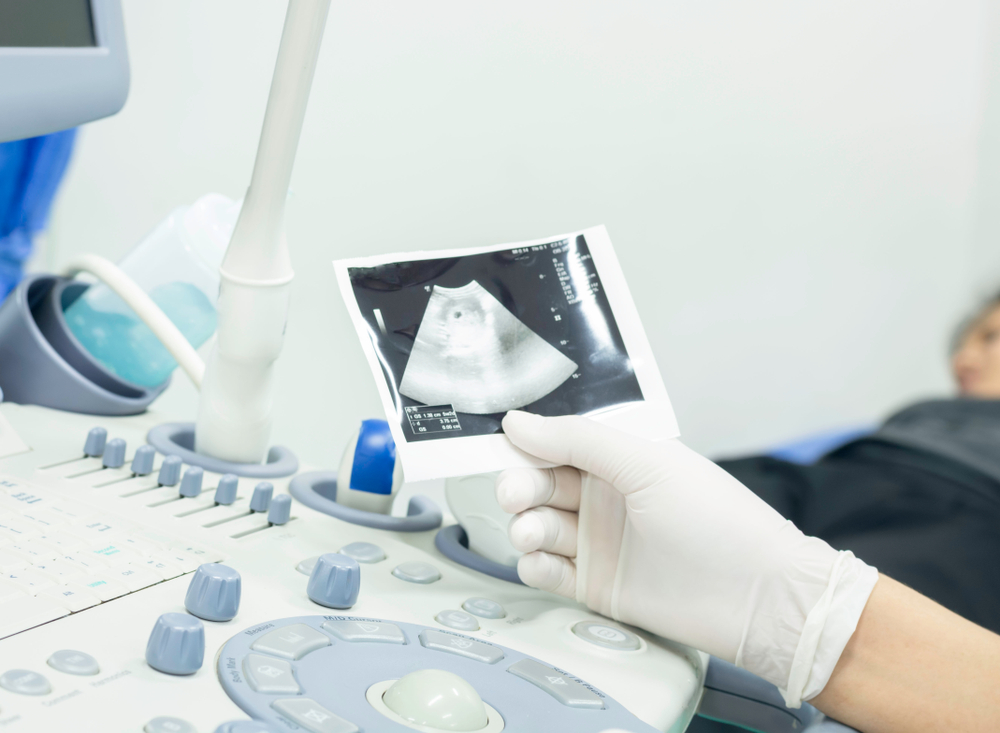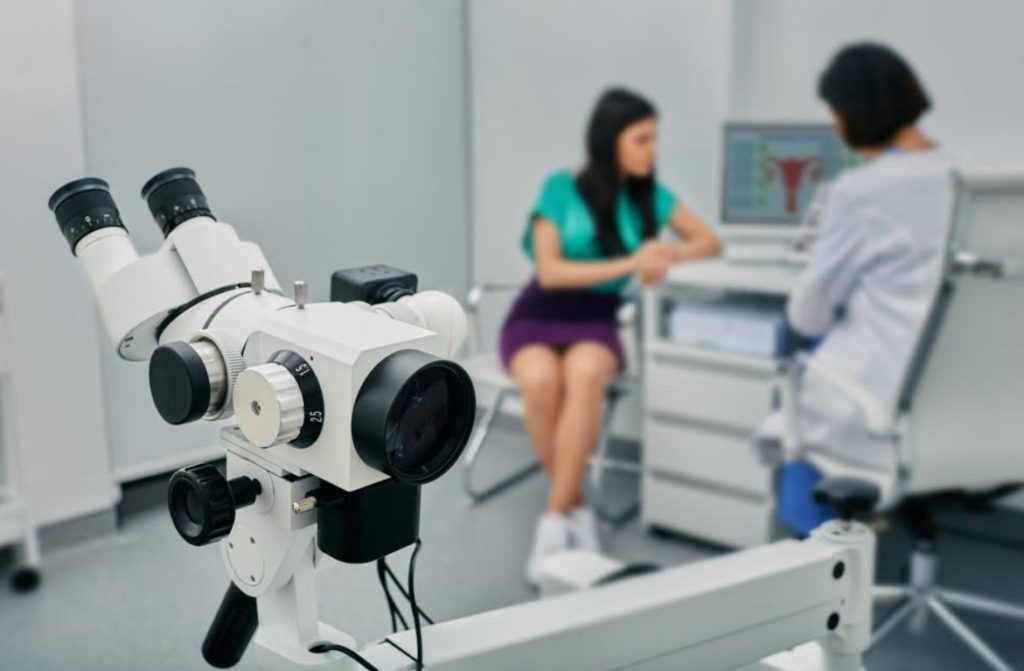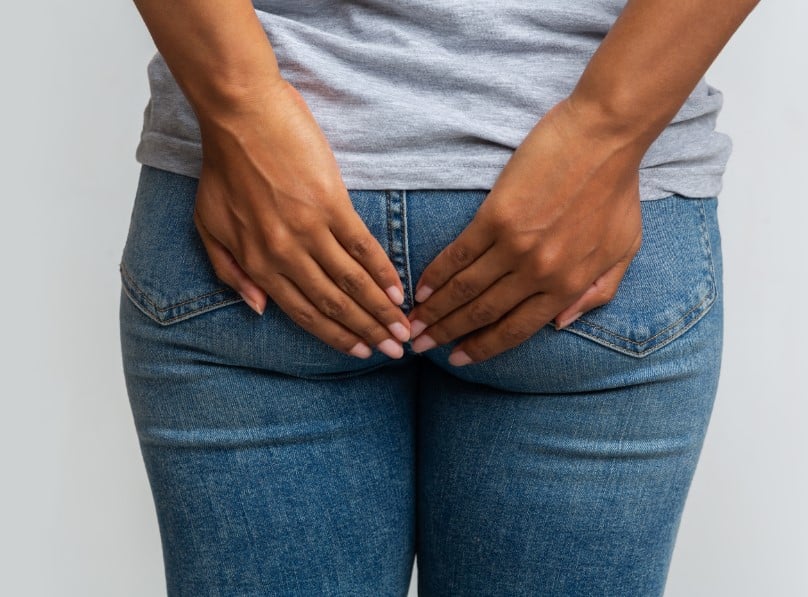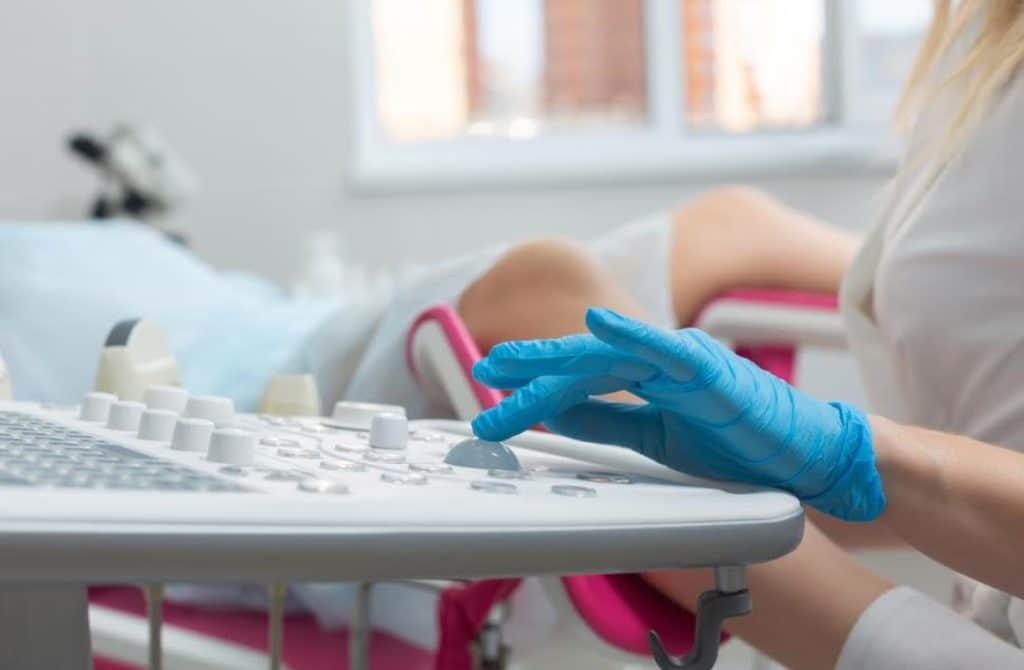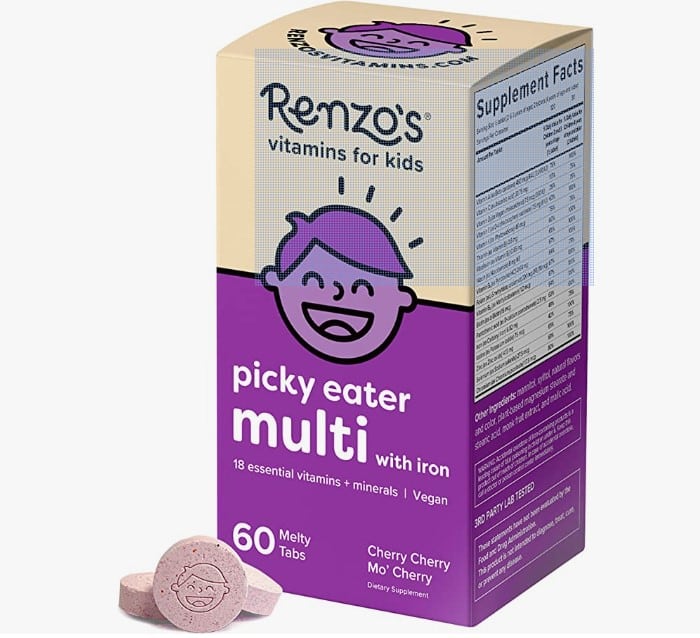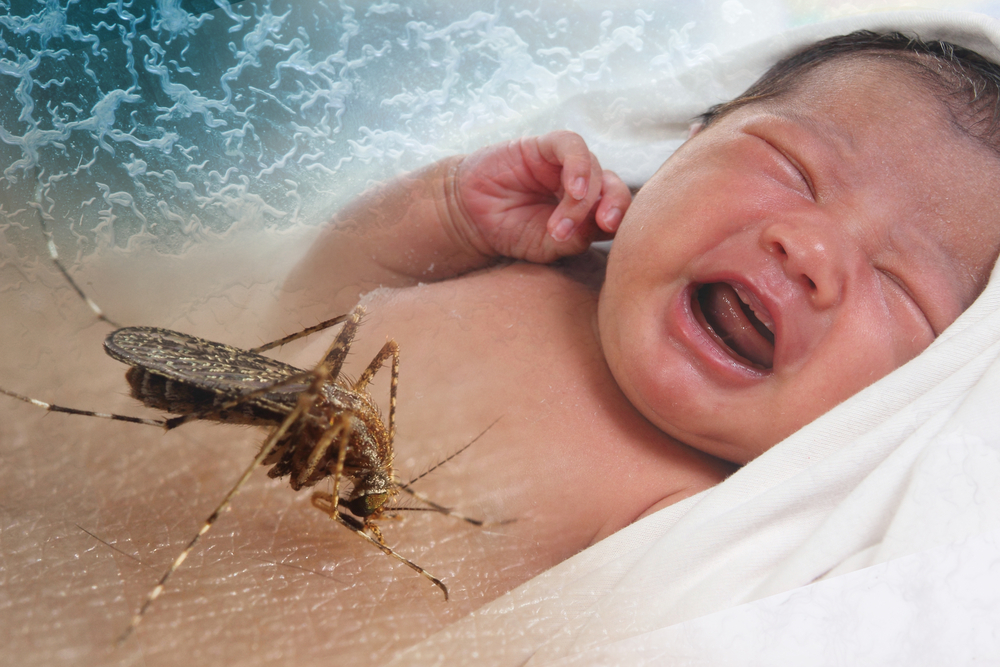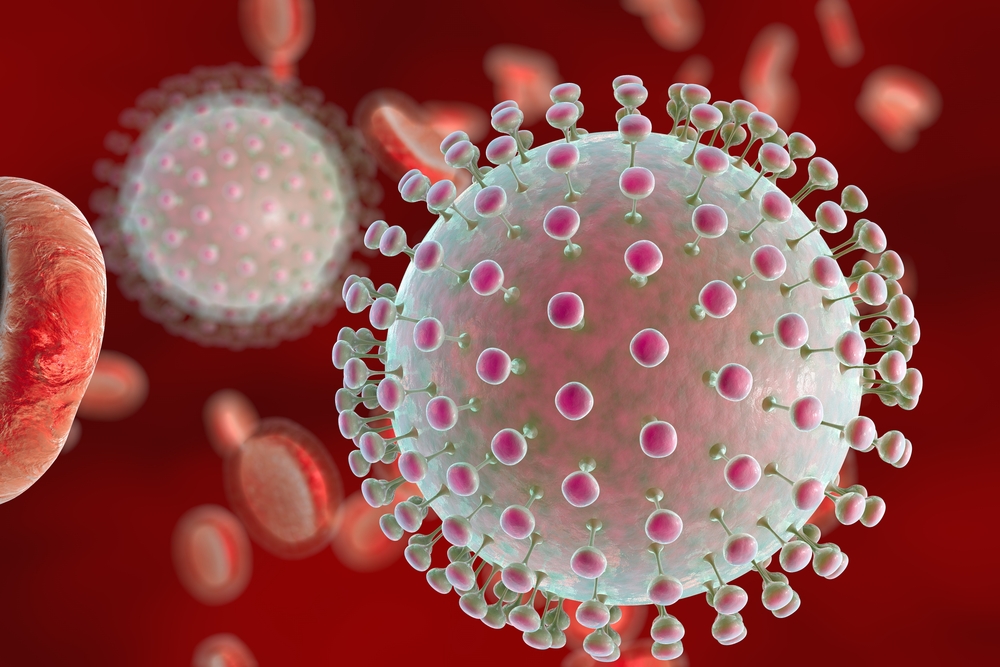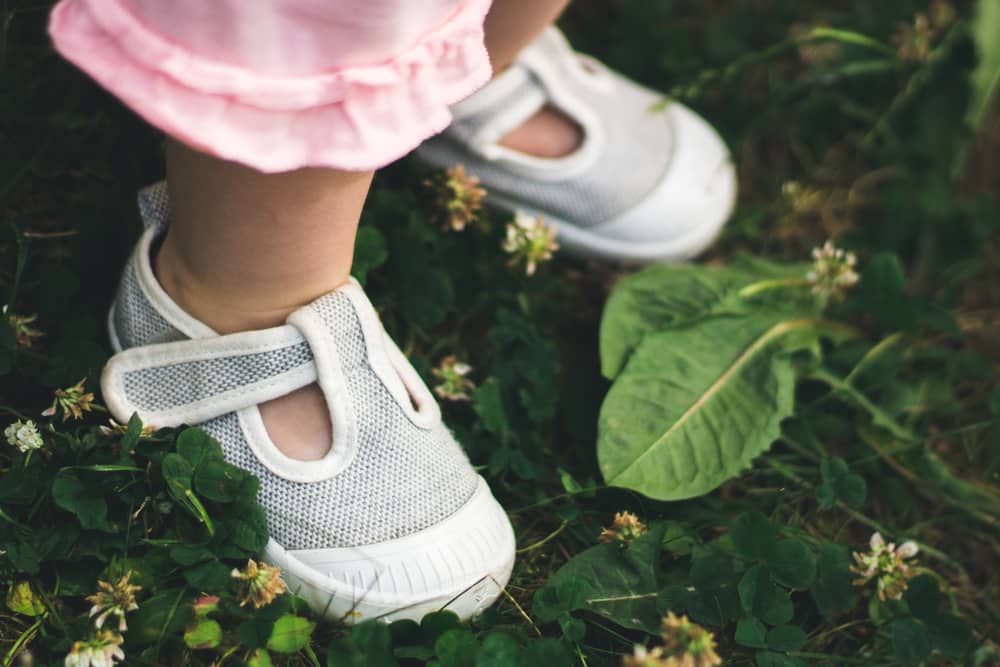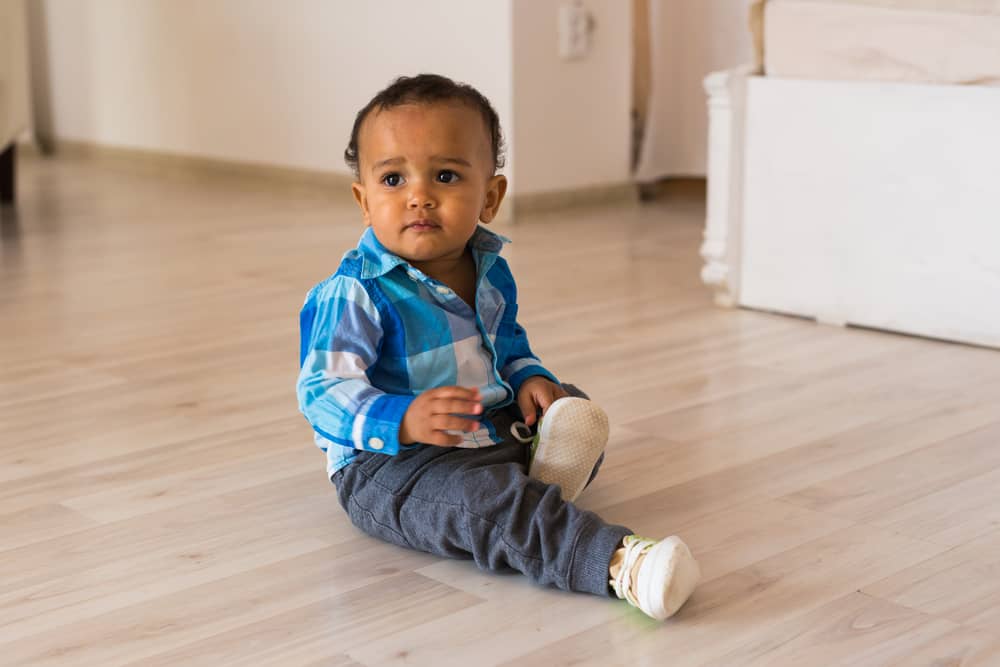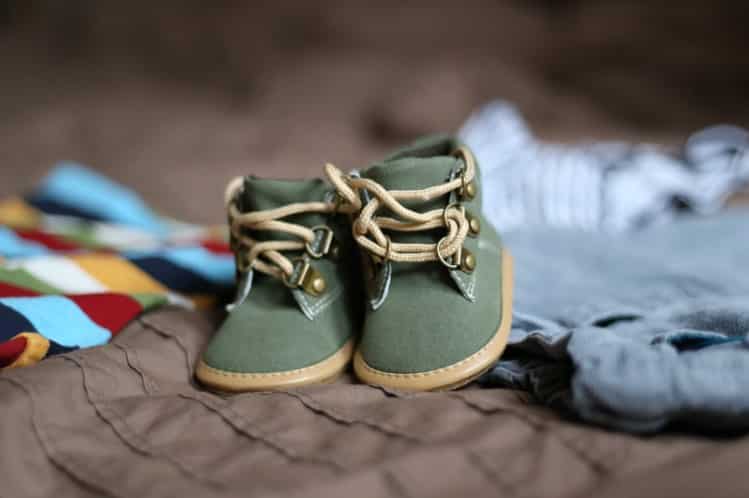Pap; our very own local custard, which goes by many names on the streets of Nigeria.
The Igbos call it Akamu, Yorubas call it Ogi, and for the Hausas, it is Koko.
- When Can I Start Giving My Baby Pap?
- Ingredients
- Preparation
- How To Make Your Pap
- How To Make Powdered Pap

Due to its affordability, pap is often offered to babies during weaning. Nonetheless, brown pap is a better option for baby food compared to the white variant.

Brown pap, also known as Baby’s pap, can be made from 3 different grains; corn, millet and guinea corn. Corn is a good source of carbohydrate, while Millet and Guinea Corn provide proteins, vitamins and minerals. Other grains that can be used include drum millet (called Jero in Hausa). This combination makes it a very healthy choice for babies, and Nigerian mums surely agree!

When Can I Start Giving My Baby Pap?
We advise that you breastfeed exclusively for the first six months. Therefore, when your baby is six months old, you can begin to slowly introduce pap into your baby’s diet.
Of course, we know you’re eager to know how to make this nutritious goodness. Thankfully, we are always here to help you.
In this article, we’d guide you through the process of making this ‘meal of love’ for your little one.
Ingredients
- 3 cup dry yellow or white corn
- 4 cups guinea corn (white or red)
- 2 cups millet
- Ginger, Cloves, Cinnamon Stick, Flavour (optional these may make it spicey)
- Water
- Muslin/ Chiffon cloth or large scarf
- Thick cotton bag or salt bag (ensure it has no salt).
- Paint bucket or Big bowl
Preparation
Step 1
Wash the grains (corn, millet, and guinea corn) separately and thoroughly. This is necessary to remove the stones, sand, bad grains, and chaff.

After washing, transfer all the grains into a bowl, then pour enough water to immerse the grain completely. Cover the bowl and allow the grains to ferment for 2-3days.
In addition, remember to rinse and change the water every day.
Step 2
On the second or third day, drain the water out from your grains.
Then blend them together with your ginger, cloves, cinnamon or any other flavouring you choose. You might have to go to a local grinding mill to blend if you do not have a powerful blender at home. The end result after blending should be a very, very smooth paste .
Step 3
Now is the time to use your muslin/chiffon cloth or scarf.

Tie it tightly around your big bowl and then put the bowl on a flat, solid surface.
Scoop a small quantity of the corn paste on the chiffon cloth. Using your hands and little amount of water, sieve the paste through the chiffon cloth and into the bowl. What you are left with is a murky colloidal solution in your bowl and the chaff sediment left behind on the cloth.
Sadly, this is where the hard work is; you have to keep sieving until all that is left is a completely dry chaff.

Step 4
After sieving, remove your chiffon cloth from the bowl and cover the bowl.
Then leave it for about 3 hours to allow the mixture to settle. Once settled, the thick pap would be at the bottom with clear water on top.
Step 5
Gently decant the water at the top and stir your pap.
After stirring well, pour the pap into the clean cotton (salt) bag and wring the top of the bag, squeezing tightly. This would help remove any excess water. To drain it further, tie the bag tightly with a rope and place it on a flat surface or in a sink.
Place a heavy object on it and leave it overnight to completely drain all the water out.
Step 6
After all the water has completely drained, untie the bag and viola, your pap is ready! You can cut it into small serving sizes and preserve it in the freezer in transparent bags.

Mix the grain and wash them 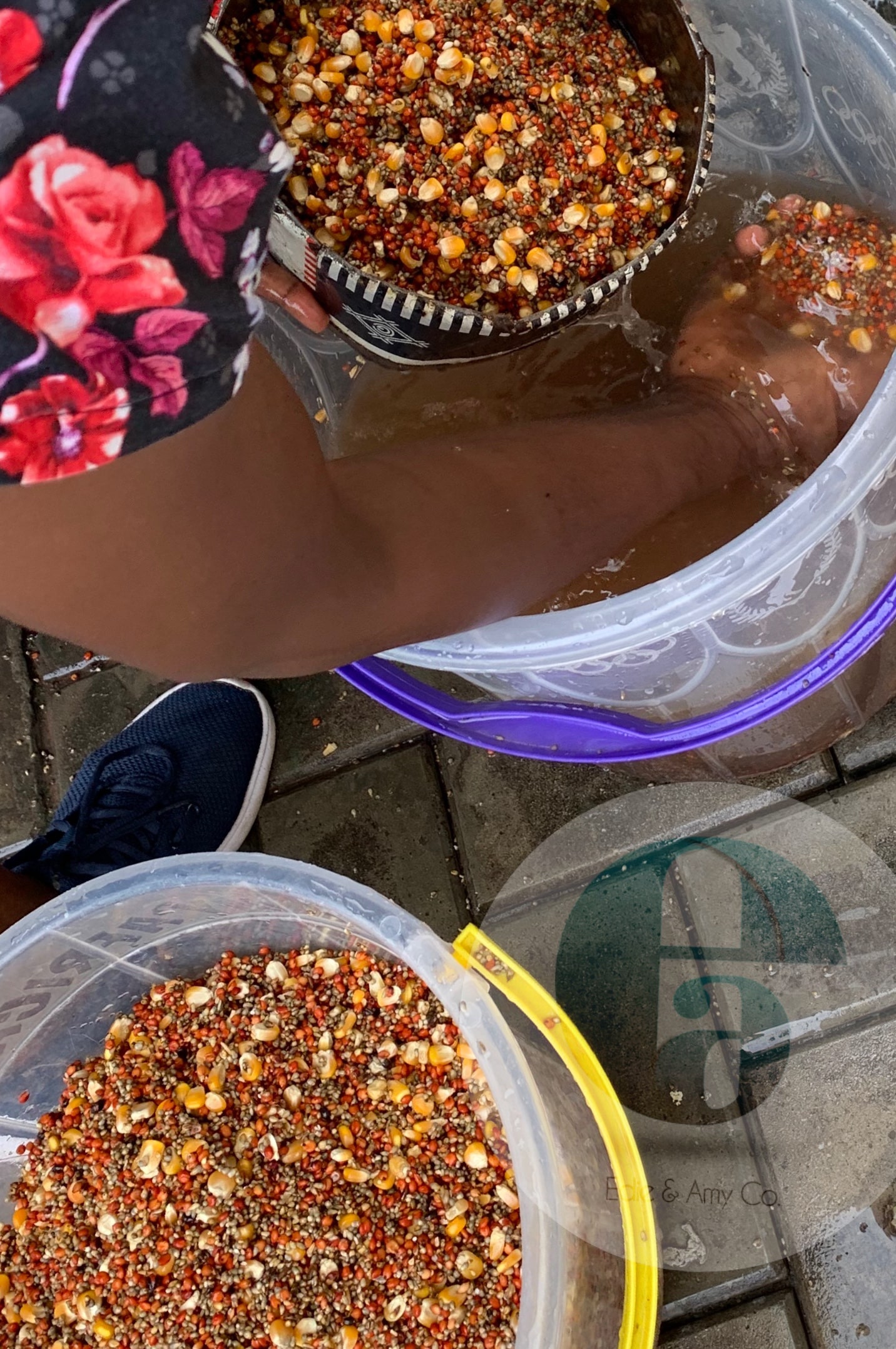
Drain the wash water 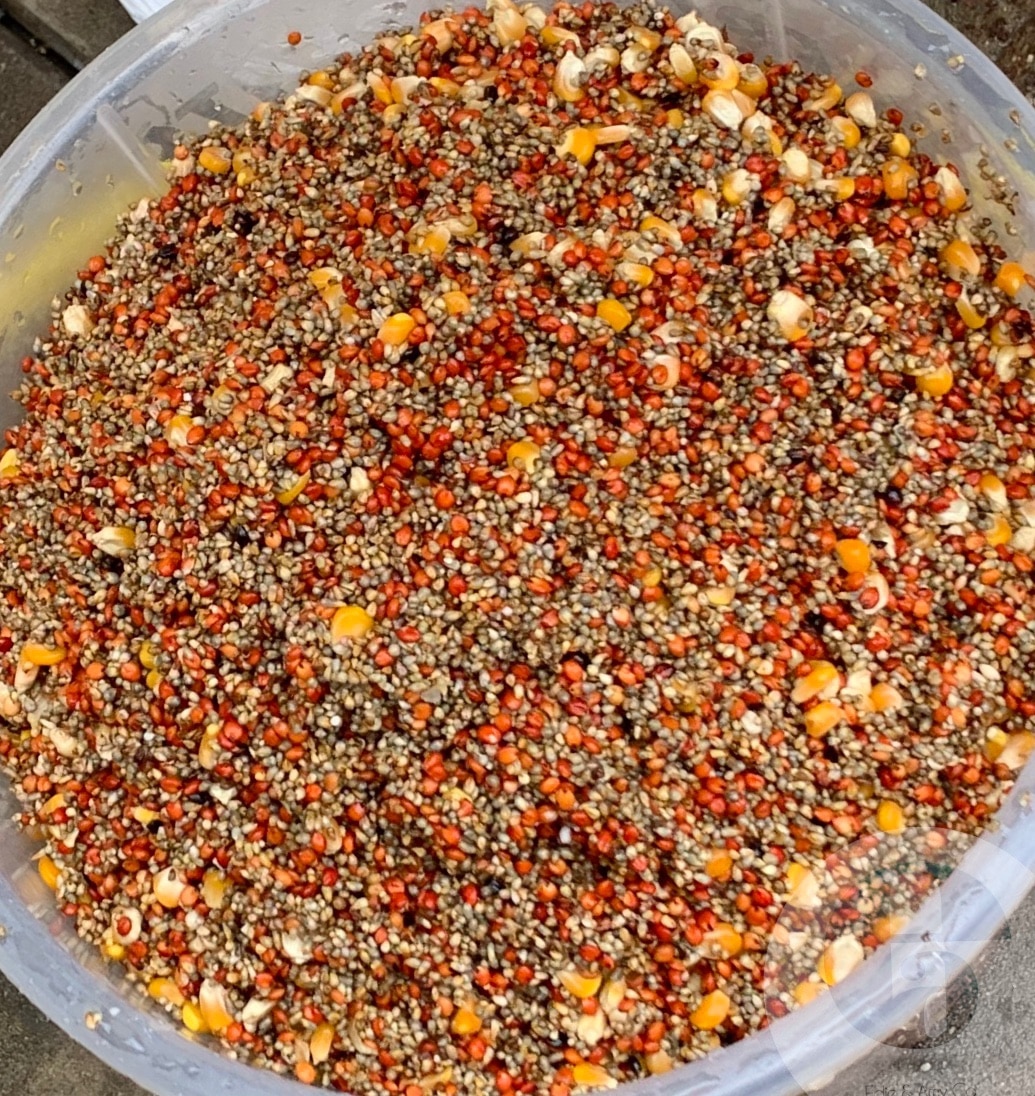
Soak the grain in water for 3 days 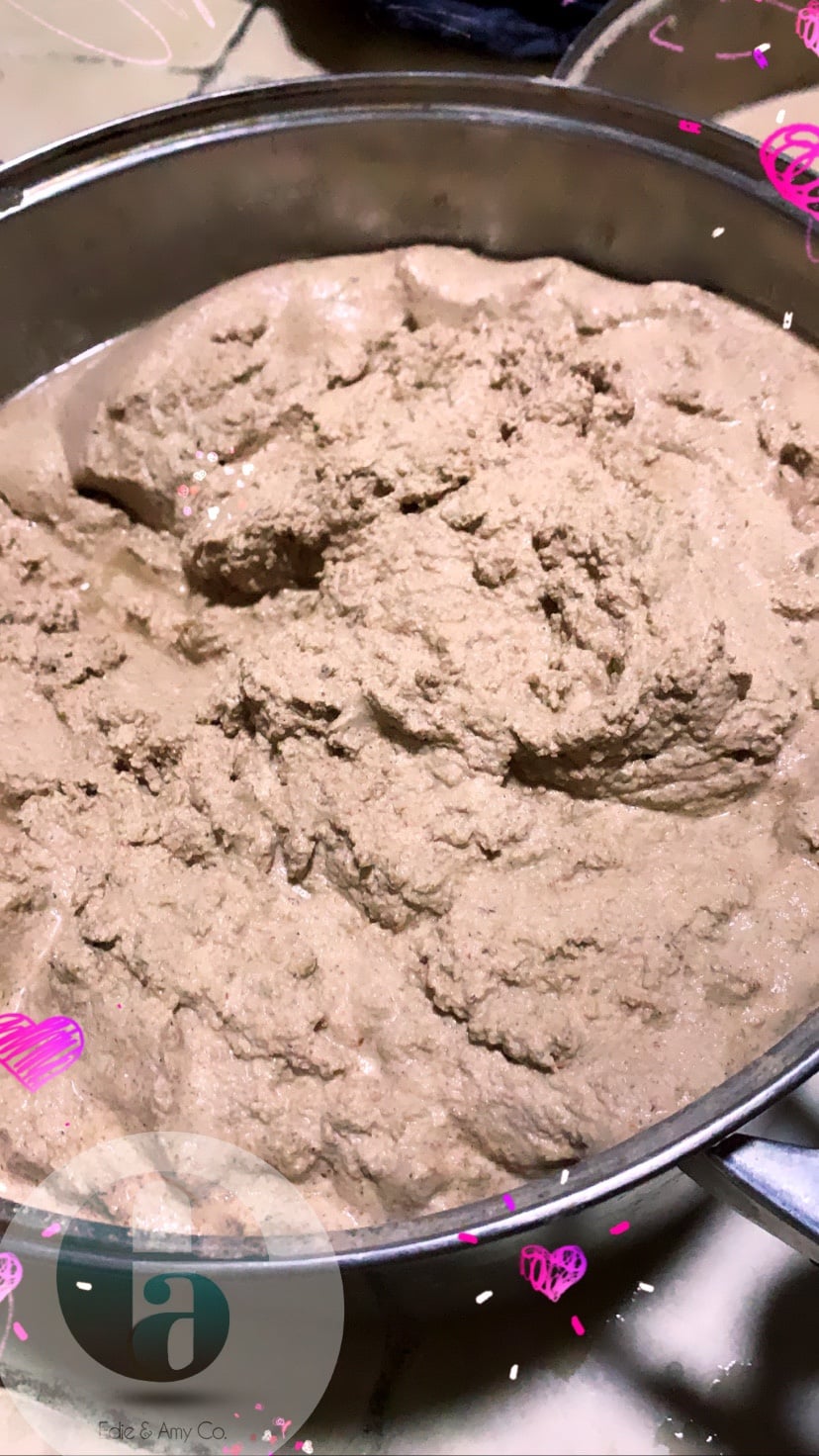
Take the grain mix to the mill to be ground into a paste 
Dilute the paste with water and sieve with chiffon or muslin cloth
How to make your pap
First, dissolve some paste in a bowl with lukewarm water. You should aim for a consistency that is not too thick and not too watery. Second, pour boiling hot water into your mixture and stir simultaneously until it thickens. If it is not thick enough, add a bit more dissolved paste and heat it up in a pot for about a minute on low heat.
You can fortify your pap with additions like breast milk, ground soya beans, groundnuts (almond, tiger-nut, cashew, peanuts) fruit or vegetable purees and even groundfish and crayfish, to make your pap meal more nutritious.
How To Make Powdered Pap
If you want to preserve your pap in the powdered form; sieve the paste thoroughly, as in Step 5 above. When it’s completely drained of water, spread it out in the sun to dry for 2-3 days.
Once it is completely dry, you can take it to the mill to grind or simply blend at home with an electric blender to make it very smooth. After this, you can store your powdered pap for use whenever your baby needs it.
Did you try this out? Let us know in the comments section.
REFERENCES
- Chioma 2020, 7-Steps to Making Baby’s Brown Pap, Mummy’s Yum, Viewed on August 15, 2020, https://mummysyum.com/7-steps-to-making-babys-brown-pap/.
- Nago, Mathurin Coffi; Hounhouigan, Joseph D.; Akissoe, Noël; Zanou, Elisabeth; Mestres, Christian (June 1998). “Characterization of the Beninese traditional ogi, a fermented maize slurry: physicochemical and microbiological aspects”. International Journal of Food Science & Technology. 33 (3): 307–315. doi:10.1046/j.1365-2621.1998.00169.x.
- Shutterstock

